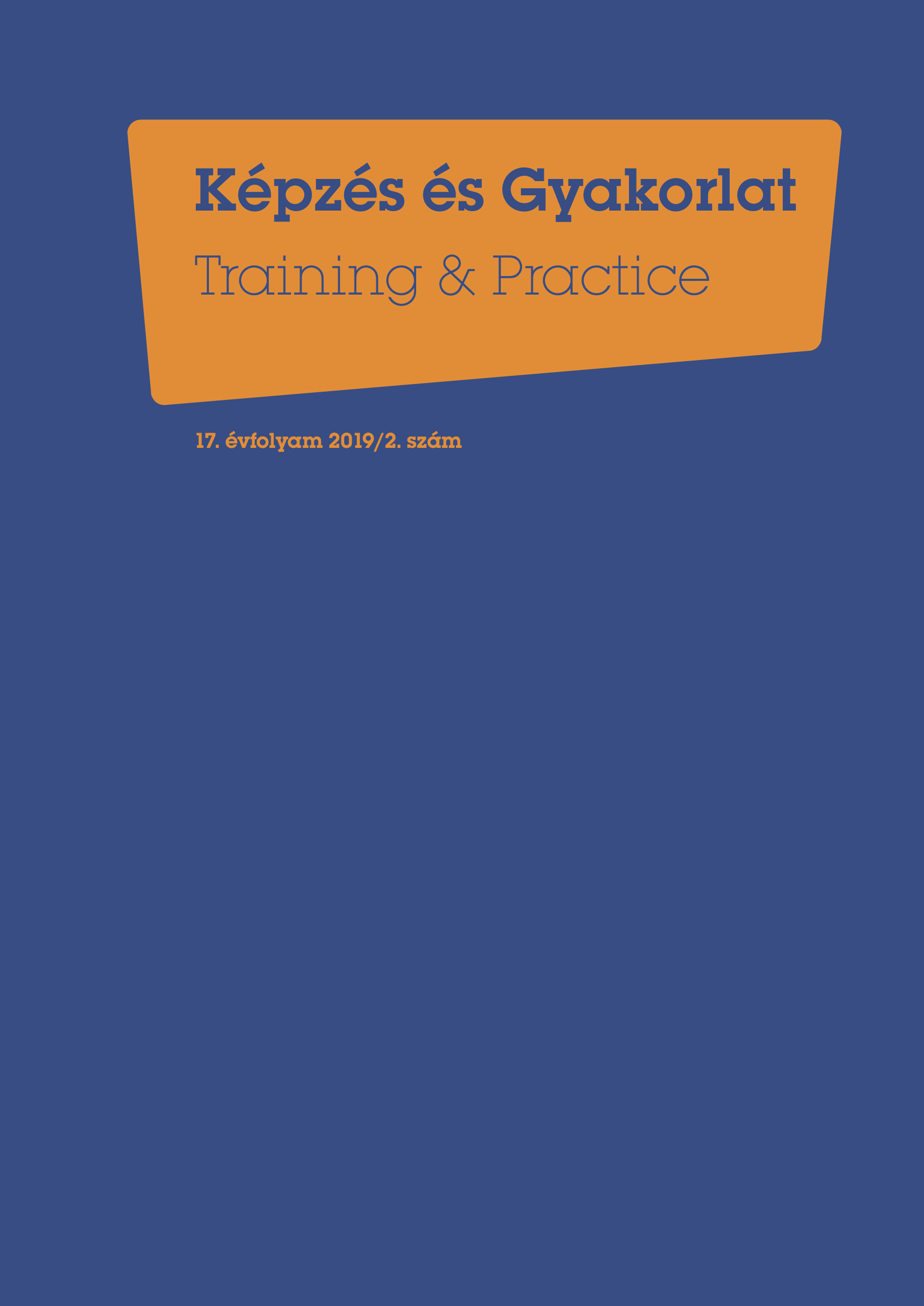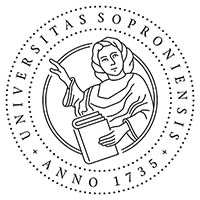Tankönyvválasztási szempontok a Playway to English nyelvkönyv elemzése kapcsán
DOI:
https://doi.org/10.17165/TP.2019.2.3Absztrakt
Egyre gyorsabban fejlődő világunkban elengedhetetlenné válik az idegen nyelvek használata. A felsőoktatási intézményekbe való jelentkezés során a nyelvvizsga pluszpontokat biztosít a jelentkezőknek, a közeljövőben pedig annak megléte egyenesen elvárás lesz. Az intézmények számára a tankönyvpiac széles választékot kínál nyelvkönyvekből. A központilag kiadott tankönyvlista határozza azonban meg az oktatási intézmények részére, hogy milyen tankönyvből taníthatnak az ott dolgozó pedagógusok. Ezen számos kiadó és cím szerepel, amiből az iskoláknak (és a tanároknak) meg kell találniuk a számukra legmegfelelőbbet (ha úgy döntenek, hogy használnak egyáltalán nyelvkönyvet). De hogyan? Ezt a kérdést szerettük volna alaposabban megvizsgálni egy tankönyv, a Playway to Engish könyvcsalád elemzésén keresztül, melynek során – a tankönyv elemzésén túl – összevetettük annak tartalmát egy iskola helyi tantervével, illetve megkérdeztük a mindennapi életben ezeket használó kollégákat is.
Hivatkozások
A nemzeti köznevelésről szóló 2011. évi CXC. törvény 45. § (2) bekezdés [online] https://net.jogtar.hu/jogszabaly?docid=A1100190.TV [2017.05.01.]
Dárdai, Á. (2002). A tankönyvkutatás alapjai. Dialóg Budapest: Campus Kiadó.
Gerngross, G. és Puchta, H. (2009). Playway to English 1 : Second edition. Activity Book. United Kingdom: Cambridge University Press and Helbling Languages.
Gerngross, G. és Puchta, H. (2009). Playway to English 1 : Second edition. Pupil’s Book. United Kingdom: Cambridge University Press and Helbling Languages.
Gerngross, G. és Puchta, H. (2009). Playway to English 1 : Second edition. Teacher’s Book. United Kingdom: Cambridge University Press and Helbling Languages. 2009.
Gerngross, G. és Puchta, H. (2009). Playway to English 2 : Second edition. Activity Book. United Kingdom: Cambridge University Press and Helbling Languages.
Gerngross, G. és Puchta, H. (2009). Playway to English 2 : Second edition. Pupil’s Book. United Kingdom: Cambridge University Press and Helbling Languages.
Gerngross, G. és Puchta, H. (2009). Playway to English 2 : Second edition. Teacher’s Book. United Kingdom: Cambridge University Press and Helbling Languages.
Halliwell, S. (1992). Teaching English in the Primary Classroom. New York: Longman Group UK Limited.
Kojanitz, L. (2004). Lehet-e statisztikai eszközökkel mérni a tankönyvek minőségét? Iskolakultúra. 14. évf. 9. sz. p. 38–57.
Némethné Hock, I. és Ötvösné Vadnay, M. (1997). A bőség kosara, avagy hogyan válasszunk jól nyelvkönyvet?. Iskolakultúra. 7. évf. 11. sz. p. 20–28.
Nikolov, M. (2009). Nyelvkönyvekről - rendhagyóan. Educatio(R). 2000. 9. évf. 4. sz. p. 852–854. [online] http://epa.oszk.hu/01500/01551/00091/pdf/EPA01551_educatio_2000_4_852-854.pdf [2017.04.20.]
Slezák, I. (2011). Az általános iskolai tankönyvek illusztrációiról. Könyv és Nevelés, 13. évf. 1. sz. Tankönyv - taneszköz rovat. [online] forrás [2017.04.06.]
Zalánné Szablyár, A. és Petneki, K. (1997). Hogyan válasszunk nyelvkönyvet? : Az iskolai nyelvoktatásban használt nyelvkönyvek, tanulási és tanítási segédletek minősítési rendszere. Budapest: Soros Alapítvány. [online] forrás [2017.04.02.]
Zrínyi Ilona Magyar-Angol Két Tanítási Nyelvű Tagiskola Helyi tanterve. Alsó (két tannyelvű) tagozat. 2013. Angol 1-4 osztály p. 1–7. [online] http://www.kaposvar.net//www.zrinyi-sulinet.hu/letoltesek/alsos%20kettan1.pdf [2017.04.19.]
Letöltések
Megjelent
Folyóirat szám
Rovat
License
Copyright (c) 2019 Kopházi-Molnár Erzsébet, Csarni Éva

This work is licensed under a Creative Commons Attribution-NonCommercial-NoDerivatives 4.0 International License.








